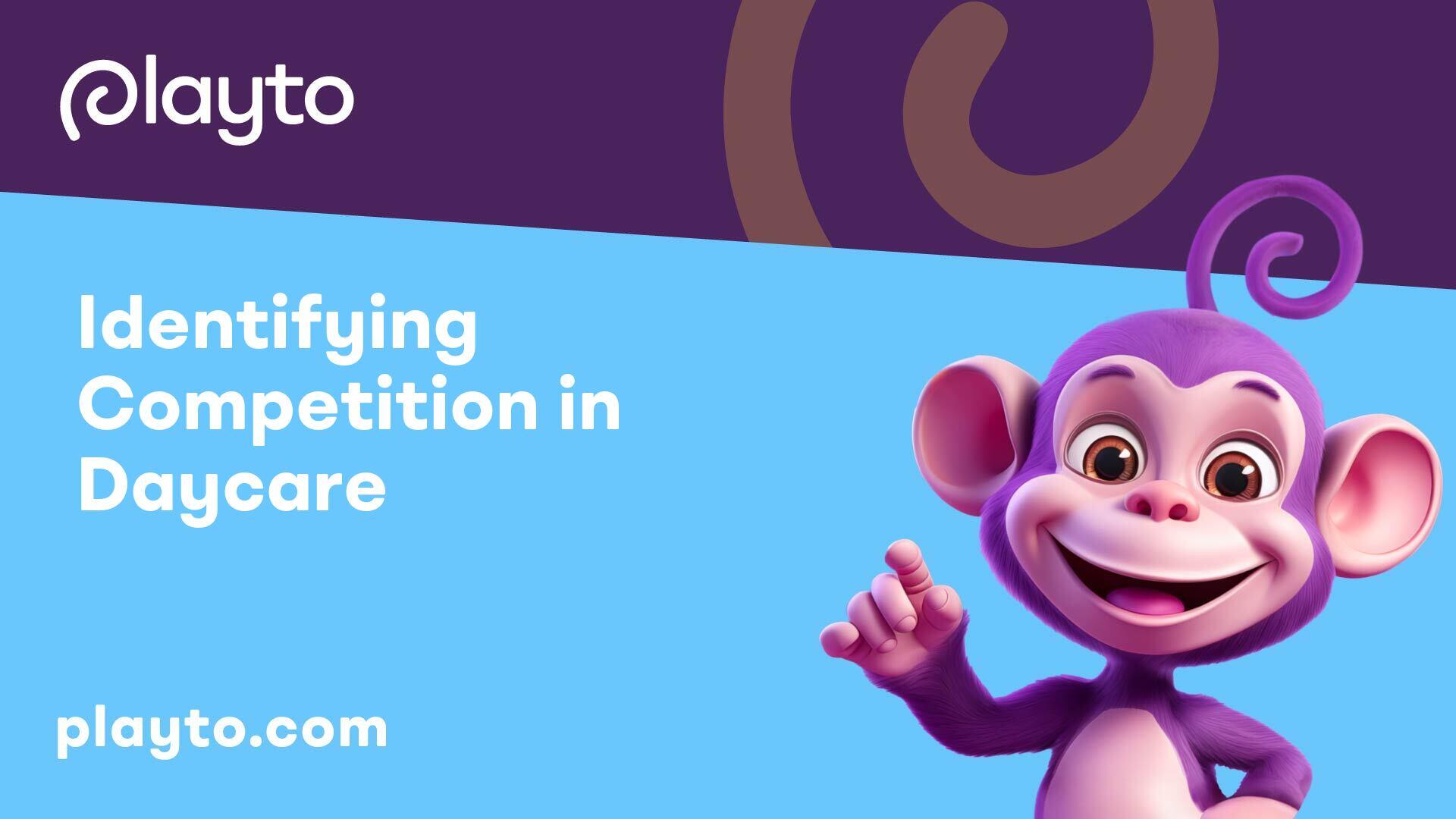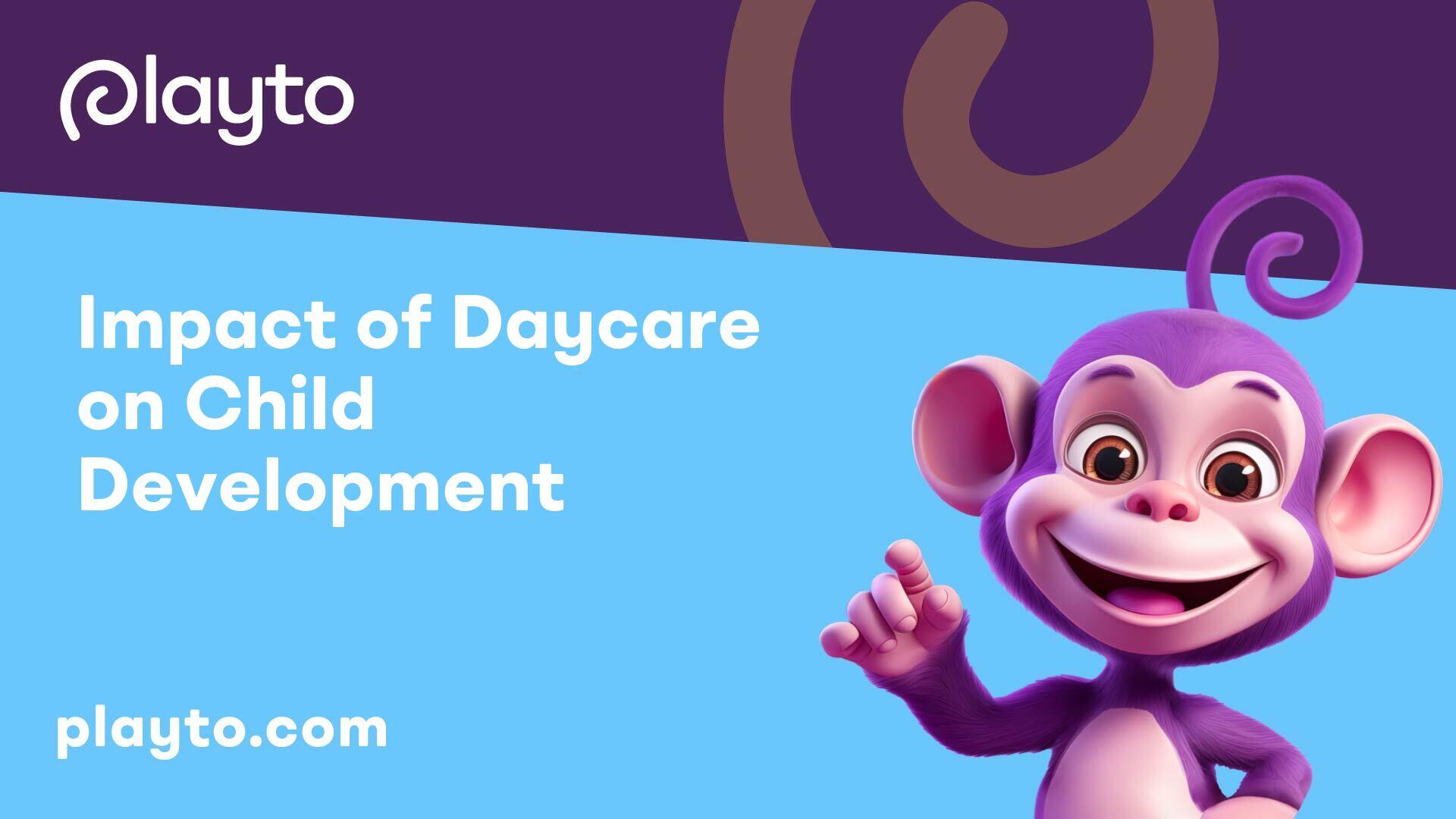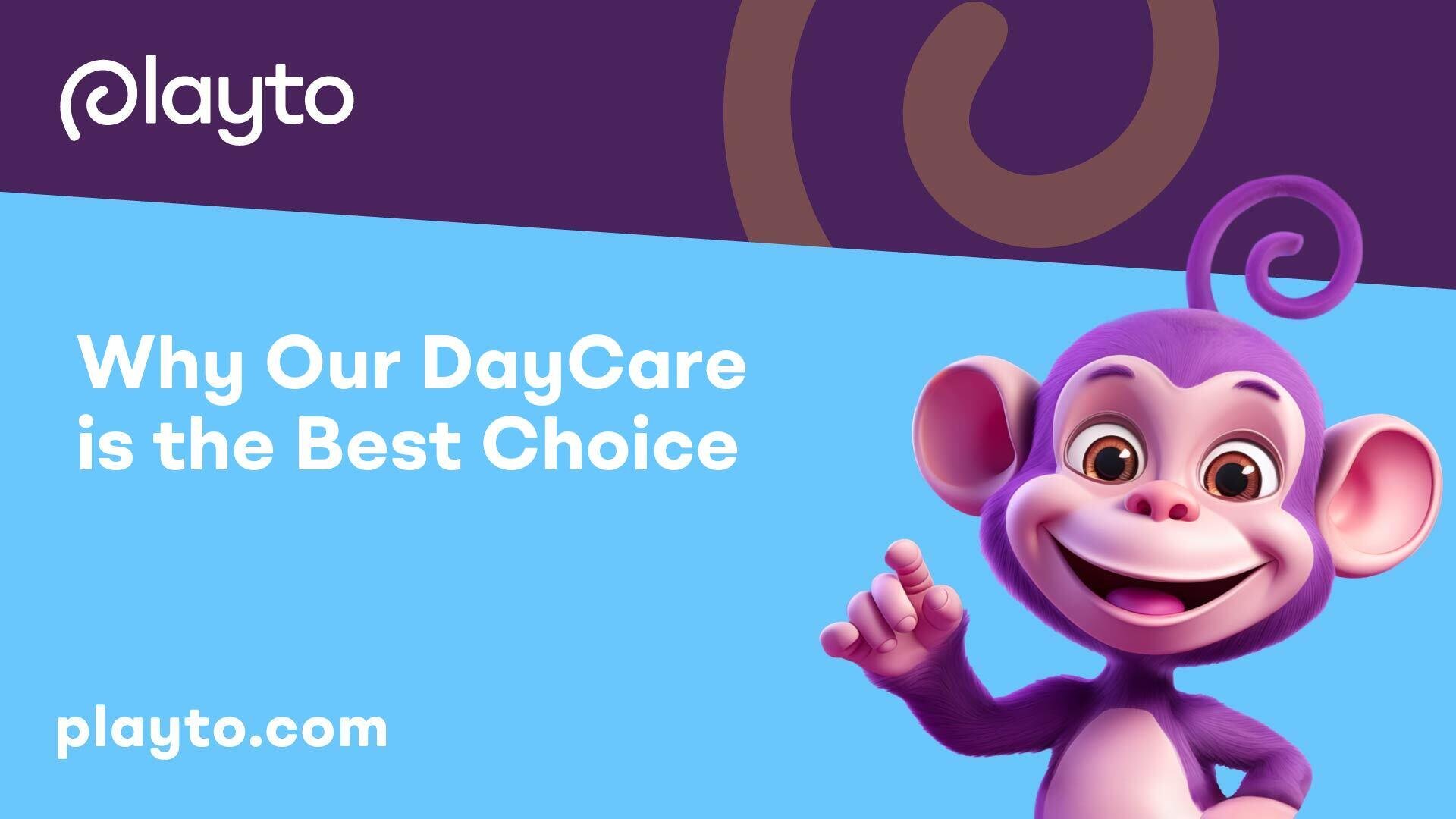
Identifying Competition in Daycare
In the realm of daycare services, it is essential to have a clear understanding of the competitive landscape to position your facility effectively. This involves recognizing both direct and indirect competitors and realizing the benefits that come with this insight.
Direct vs. Indirect Competition
Direct Competition: Direct competition in the daycare industry involves facilities that offer similar services and target the same market segment. These competitors are vying for the attention and enrollment of parents seeking daycare services. Direct competition often leads to price wars and battles for market share as each daycare strives to distinguish itself from the others. Understanding your direct competitors can aid in shaping your unique selling propositions and highlighting what sets your daycare apart.
Indirect Competition: On the other hand, indirect competition comprises businesses that provide different products or services but cater to the same needs of your target audience. While these businesses may not be daycare facilities per se, they are still competing for the attention and resources of parents seeking childcare solutions. Recognizing your indirect competitors allows you to identify potential partnership opportunities or unique value propositions that can differentiate your daycare from the rest.
For an in-depth look at direct and indirect competition and how they impact the daycare industry, refer to this insightful resource from Mailchimp.
Benefits of Understanding Competition
By delving into the intricacies of direct and indirect competition, daycare owners can reap numerous benefits for their businesses:
- Market Differentiation: Identifying your direct competitors enables you to craft distinct offerings and stand out in a crowded market. Understanding the strengths and weaknesses of your competitors allows you to highlight your unique value propositions effectively.
- Strategic Positioning: Recognizing indirect competition sheds light on potential areas for collaboration or innovation within the daycare industry. Leveraging this understanding can lead to strategic partnerships or new service offerings that cater to unmet needs in the market.
- Targeted Marketing: With a clear comprehension of the competitive landscape, daycare providers can tailor their marketing strategies to address the pain points and preferences of their target audience. This targeted approach can help attract and retain clients amidst stiff competition.
- Continuous Improvement: Monitoring both direct and indirect competition provides valuable insights for ongoing improvement and innovation within your daycare business. By staying informed about industry trends and competitor strategies, you can adapt and evolve your offerings to stay ahead in the market.
Understanding and acknowledging the presence of both direct and indirect competition in the daycare sector is a crucial step toward establishing a successful and sustainable business. By leveraging this knowledge, daycare providers can navigate the competitive landscape with confidence and position their facilities as the preferred choice for families seeking quality childcare solutions.

Ensuring Safety in Daycare
When it comes to providing a safe and secure environment for children in a daycare setting, there are key measures that must be in place to safeguard their well-being. This section focuses on the crucial aspects of ensuring safety in daycare, including background checks for staff, security measures in facilities, and emergency response protocols.
Background Checks for Staff
Conducting thorough background checks on all adults working in a childcare facility is essential to daycare security. These checks should reveal any history of abuse or violence towards children, as well as whether individuals are listed on a sex offender registry. It is also recommended for older teenagers working or volunteering at the center. By vetting staff members through comprehensive background screenings, daycare centers can reduce the risk of potential harm to the children under their care.
Security Measures in Facilities
Implementing robust security measures within daycare facilities is paramount to safeguarding the children. Controlled access systems, such as electronic door locks, security gates, and digital technologies like fingerprint scanners or keycards, help limit access to the facility and ensure the safety of the children [1]. These systems not only prevent unauthorized entry but also maintain accurate records of individuals entering and exiting the premises, which is vital in emergencies.
Emergency Response Protocols
Having well-defined emergency response protocols in place is crucial for handling unexpected situations effectively. An efficient emergency alert system, comprising audible alarms, text or email notifications, or mobile apps for real-time updates, facilitates quick communication with families and staff during emergencies. This system enables prompt notifications of threats and coordinated responses to ensure the safety of all children in the daycare setting.
To further enhance the safety and security of children in daycare, strict pick-up and drop-off procedures should be enforced. These procedures may include requiring identification from authorized adults, maintaining an updated list of authorized individuals, keeping a log of each pick-up and drop-off, and potentially implementing a secure code for confirmation. By following stringent procedures for pick-up and drop-off, daycare centers can prevent unauthorized access to children and maintain a secure environment.
Child care safety has garnered bipartisan support, particularly with the reauthorization of the Child Care and Development Block Grant (CCDBG) in 2014, which introduced additional safety measures for child care programs [2]. These legislative measures underscore the importance of prioritizing child safety and well-being in daycare settings to create a nurturing and secure environment for children to thrive.

Impact of Daycare on Child Development
When considering the impact of daycare on child development, it becomes apparent that quality daycare environments play a crucial role in nurturing various aspects of a child's growth. Here, we explore how daycare influences cognitive and language development, social and emotional skills, and academic skills building.
Cognitive and Language Development
Evidence suggests that children in high-quality daycare settings experience enhancements in their cognitive and language skills. According to a study by the National Institute of Child Health and Human Development (NICHD), children in quality childcare scored slightly higher on measures of cognitive and language development [3]. Through engaging activities and interactions with educators and peers, children in daycare are provided with a stimulating environment that fosters language acquisition, problem-solving skills, and overall cognitive development.
Social and Emotional Skills
Attending daycare can have a profound impact on a child's social and emotional development. Research published in the Early Childhood Research Quarterly indicates that children who attend daycare tend to demonstrate better social skills and have fewer peer-related difficulties [3]. Interacting with other children and caregivers in a structured environment helps children learn vital social skills such as sharing, cooperation, empathy, and conflict resolution. These early social interactions set the foundation for healthy relationships and emotional intelligence later in life.
Academic Skills Building
Daycare also plays a significant role in laying the groundwork for academic success. Studies have shown that children in quality daycare settings exhibit better reading and math skills by the age of 15, as reported in the Journal of the American Medical Association. By engaging in age-appropriate activities, educational games, and exposure to early literacy and numeracy concepts, children in daycare are better equipped to transition into formal schooling with solid foundational skills. This early exposure to educational content paves the way for continued academic growth and a positive attitude towards learning.
Understanding the profound impact that daycare can have on cognitive, social, emotional, and academic development underscores the importance of selecting a high-quality daycare program for your child. By focusing on a nurturing environment that prioritizes all aspects of child development, parents can ensure that their children receive the best possible foundation for future success in school and beyond.
Choosing the Right Daycare Program
When selecting a daycare program for your child, it's essential to consider various factors that will contribute to their overall development and well-being. Understanding the age ranges and offerings, distinguishing between daycare and preschool, and exploring the activities and curriculum are key elements to consider.
Age Ranges and Offerings
Daycare programs typically cater to children ranging in age from infancy (around six weeks old) through school age (approximately five years old), with some extending into the early elementary school years for aftercare services. The programs may vary in terms of the age groups they accommodate, so it's important to inquire about the specific age ranges and offerings available at each daycare facility.
It's common for daycare centers to provide care for infants, toddlers, and preschool-age children, with some offering after-school programs for older kids. Understanding the age ranges supported by the daycare center will help you determine if it aligns with your child's developmental stage and needs.
Differentiating Daycare vs. Preschool
While daycare and preschool may seem similar, they serve distinct purposes. Daycare centers typically focus on providing care for children throughout the day, fostering social skills, independence, and cognitive development through structured activities. On the other hand, preschool programs are more academically focused, preparing children aged two to five for kindergarten by focusing on school readiness and social skills.
Understanding the differences between daycare and preschool programs can help you select the option that best aligns with your child's educational and developmental needs. Consider your child's age, socialization goals, and educational objectives when making this decision.
Activities and Curriculum
One crucial aspect of choosing the right daycare program is evaluating the activities and curriculum offered. Daycare centers typically provide a diverse range of activities to engage children and support their development. These activities may include playtime, arts and crafts, storytime, outdoor play, snacks, naps, music and movement activities, and socialization opportunities.
Before selecting a daycare program, inquire about the daily schedule, the types of activities included, and how the curriculum is designed to promote learning and development. Ensure that the program aligns with your child's interests, needs, and learning style to provide them with a nurturing and stimulating environment.
By considering the age ranges and offerings, distinguishing between daycare and preschool, and evaluating the activities and curriculum, you can make an informed decision when choosing the right daycare program for your child. Prioritize programs that support your child's growth, development, and overall well-being to ensure they have a positive and enriching daycare experience.
Importance of Child Care Safety
Ensuring the safety of children in daycare is a top priority for parents and caregivers. Various factors contribute to child care safety, including government regulations and requirements, teacher-child ratios and group sizes, and training and educational standards.
Government Regulations and Requirements
Child care safety protections have been a focus in recent years, with bipartisan support for initiatives like the reauthorization of the Child Care and Development Block Grant (CCDBG) in 2014. This reauthorization led to additional safety measures being implemented in child care programs to safeguard children.
Under the provisions of the CCDBG, background checks are mandatory for all child care providers. These checks include fingerprint screenings against state and federal criminal records, sex offender registries, and child abuse and neglect registries. These stringent measures aim to create a secure environment for children under the care of daycare providers.
Teacher-Child Ratios and Group Sizes
Maintaining low teacher-child ratios and small group sizes in daycare settings is crucial for child safety and overall well-being. Studies have shown that lower ratios and smaller group sizes are associated with fewer safety threats for children, as well as more positive caregiving practices and enhanced developmental outcomes such as improved cognitive, linguistic, and academic development.
By limiting the number of children under the supervision of each caregiver, daycare centers can ensure that each child receives the individual attention and care they need. This personalized approach not only enhances safety but also fosters a more nurturing and supportive environment for children to thrive in.
Training and Educational Standards
To further enhance child care safety, the CCDBG mandates that child care providers undergo specific training programs. These programs encompass various essential topics, including first aid and CPR, safe sleep practices, prevention of shaken baby syndrome, and emergency preparedness. By equipping caregivers with the necessary skills and knowledge, daycare centers can uphold high safety standards and ensure the health and well-being of all children in their care [2].
Training initiatives not only promote safety but also contribute to the professional development of childcare providers, enhancing the quality of care they offer. By adhering to established educational standards and ongoing training requirements, daycare centers can create a secure and enriching environment where children can learn and grow with confidence.
Child care safety is a fundamental aspect of daycare operations, and by adhering to government regulations, maintaining appropriate teacher-child ratios, and prioritizing education and training, daycare facilities can uphold the highest standards of safety for the children under their supervision.
Building a Successful Daycare Business
Launching and maintaining a thriving daycare business requires careful planning and strategic execution. Crafting a comprehensive business plan is the foundational step that sets the course for success. Within this framework lie essential elements such as the executive summary and a detailed analysis of the market and competitive landscape.
Crafting a Comprehensive Business Plan
A comprehensive business plan serves as the roadmap for your daycare venture. It outlines your business goals, target market, financial projections, operational strategies, and marketing initiatives. By articulating your vision and mission clearly, you establish a solid foundation upon which to build and grow your daycare business.
Table: Components of a Comprehensive Business Plan
Section Description
- Executive Summary: A concise overview of your daycare's key aspects, highlighting unique selling points.
- Mission and Vision: Clear goals and aspirations guiding the purpose and direction of your daycare.
- Business Description: Detailed information about offerings, target market, and competitive advantages.
- Marketing Strategy: Strategies for promoting your daycare, attracting families, and differentiating services.
- Operational Plan: Overview of day-to-day operations, staffing, facility management, and safety protocols.
- Financial Projections: Revenue targets, profit margins, startup costs, and funding needs for sustainable growth.
Executive Summary Essentials
The executive summary is a crucial section of your business plan that encapsulates the essence of your daycare. This brief yet impactful segment provides an overview of your daycare's mission, unique value proposition, target market, and financial projections. It serves as a snapshot that entices potential investors, partners, and stakeholders to delve deeper into the business plan for a comprehensive understanding of your vision.
Market Analysis and Competitive Landscape
Conducting a thorough market analysis is imperative to understand the landscape in which your daycare will operate. By identifying market trends, customer needs, and competitor strategies, you gain valuable insights that inform your business decisions and enable you to capitalize on opportunities in the childcare industry.
In the competitive landscape section, it is essential to categorize competitors such as traditional daycare centers, in-home childcare providers, preschools, and specialized educational programs. By analyzing their strengths, weaknesses, and market positioning, you can refine your daycare's unique value proposition and differentiation strategy. Understanding direct competitors who offer similar services and indirect competitors with alternate solutions that cater to the same customer needs is crucial for positioning your daycare effectively [6].
By crafting a comprehensive business plan, incorporating an impactful executive summary, and conducting a detailed market analysis, your daycare business will be well-equipped to navigate the competitive landscape and pave the way for success in the childcare industry.
Financial Planning for Daycare Business
In the realm of daycare businesses, financial planning plays a crucial role in ensuring long-term success and sustainability. Proper financial management not only impacts the daycare's viability but also influences its ability to provide quality care and services. Let's delve into the key aspects of financial planning for a daycare business, including revenue targets and profit margins, financial goals, and growth strategies to envision future success.
Revenue Targets and Profit Margins
Setting clear revenue targets and understanding profit margins are integral to the financial health of a daycare business. Revenue targets should be realistic yet ambitious, aligning with the daycare's growth objectives and operational capabilities.
For instance, a daycare business plan may aim to achieve $1.9 million in annual revenue with an 18% EBITDA margin by 2028, as highlighted in a comprehensive example provided by Sharp Sheets. These targets serve as milestones for tracking financial progress and evaluating the effectiveness of revenue-generating initiatives.
Financial Metric Target
- Annual Revenue: $1.9 million
- EBITDA Margin: 18%
Financial Goals and Growth Strategies
Establishing clear financial goals is essential for driving the daycare business forward. These goals may encompass areas such as increasing enrollment, optimizing operational efficiency, implementing cost-saving measures, and diversifying revenue streams. By aligning financial goals with the daycare's overarching mission and vision, operators can steer the business towards sustainable growth and profitability.
To achieve these goals, daycare businesses can leverage growth strategies that focus on enhancing service offerings, expanding market reach, improving customer retention, and maximizing operational effectiveness. By analyzing market trends, identifying opportunities for innovation, and adapting to changing economic conditions, daycares can position themselves for long-term success in a competitive landscape.
Envisioning Future Success
Envisioning future success involves not only setting financial targets but also fostering a culture of continuous improvement and adaptability within the daycare business. By staying abreast of industry developments, embracing technological advancements, and prioritizing staff training and development, daycares can enhance their financial resilience and responsiveness to market dynamics.
Moreover, by monitoring key financial metrics, conducting regular performance evaluations, and soliciting feedback from stakeholders, daycare operators can refine their financial strategies and capitalize on growth opportunities. Through strategic financial planning and a forward-thinking approach, daycares can navigate challenges, seize opportunities, and ultimately achieve sustained success in the childcare industry.
As daycare businesses embark on their financial planning journey, it is imperative to maintain a proactive mindset, embrace innovation, and prioritize financial prudence to ensure the long-term viability and success of their operations. By adhering to sound financial principles and staying attuned to evolving market dynamics, daycares can chart a course towards sustainable growth, profitability, and excellence in child care services.
References
[1]: https://mybrightwheel.com/blog/daycare-security
[2]: https://www.americanprogress.org/article/the-importance-of-child-care-safety-protections/
[3]: https://bighearts-littlehands.com/how-does-daycare-affect-child-development/
[4]: https://www.vancopayments.com/child-care/blog/daycare-vs-preschool
[5]: https://sharpsheets.io/blog/daycare-business-plan-pdf-example/
[6]: https://mailchimp.com/resources/direct-competition-vs-indirect/
